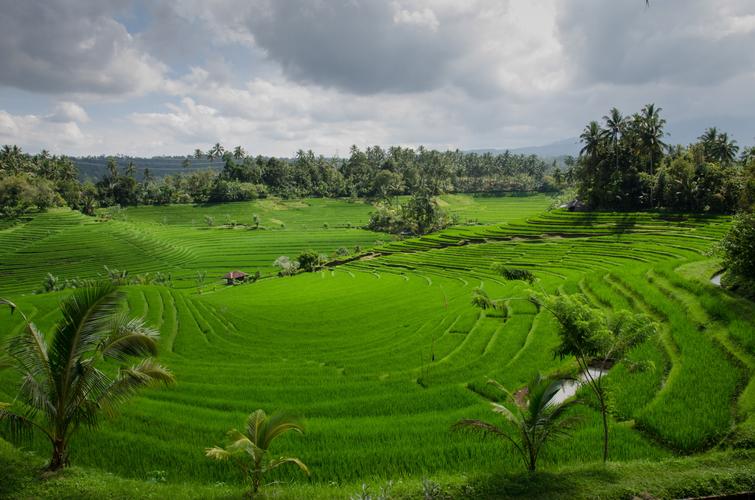Exploring the Role of Cultural Mapping in Community Development
Cultural mapping is a process that has gained significant importance in community development in recent years. It involves the identification and documentation of cultural resources and assets within a community, including buildings, landscapes, traditions, and heritage. Cultural mapping is a valuable tool that enables communities to identify, evaluate and leverage their cultural assets to promote economic, social, and environmental sustainability. Here, we will examine the role of cultural mapping in community development and how it can help communities to achieve their goals.
Why is Cultural Mapping Important?
Cultural mapping is essential for community development for several reasons. Firstly, it allows communities to understand the value of their cultural assets and to recognize the impact of those assets on their local economy, social fabric, and natural environment. Secondly, it provides a framework for the promotion and preservation of cultural heritage, enabling communities to leverage their heritage to attract visitors and generate revenue. Lastly, it helps to foster social cohesion by bringing together members of the community in a shared appreciation of their history and cultural identity.
The Process of Cultural Mapping
The process of cultural mapping involves several steps, including research, data collection, analysis, and visualization. Research involves gathering information about the community’s cultural assets, including any historic buildings, landmarks, or traditions that are significant to the community. Data collection involves mapping the location and condition of those assets, along with any relevant metadata, such as photographs or historical documents. Analysis involves evaluating the data and identifying patterns or trends that may be relevant to the community’s economic, social, or environmental goals. Visualization involves the creation of maps or other visual representations of the data, enabling communities to understand and communicate the significance of their cultural assets.
The Benefits of Cultural Mapping
Cultural mapping offers numerous benefits to communities, including:
- Economic Development: Cultural mapping can help communities to identify and leverage their cultural assets to attract visitors and generate revenue.
- Social Cohesion: Cultural mapping can bring together members of the community in a shared appreciation of their cultural identity, promoting social cohesion and community pride.
- Environmental Sustainability: Cultural mapping can help communities to identify and evaluate natural resources within the community, promoting environmental sustainability and responsible development.
- Preservation of Heritage: Cultural mapping can help to preserve heritage buildings and landmarks within the community, ensuring that they are protected and maintained for future generations.
Examples of Successful Cultural Mapping Initiatives
One example of a successful cultural mapping initiative is the New York City Community Asset Map, which provides an interactive map of the city’s cultural resources. This map enables visitors to explore the cultural heritage of the city, including landmarks, museums, and other cultural institutions. The map also provides information about cultural events and activities throughout the city, enabling visitors and residents alike to engage with the city’s cultural life.
Another example is the UNESCO World Heritage Program, which seeks to identify and protect cultural heritage sites around the world. This program has helped to preserve some of the world’s most iconic landmarks and cultural treasures, ensuring that they are protected and maintained for future generations.
Conclusion
In conclusion, cultural mapping is a valuable tool that can help communities to identify, evaluate, and leverage their cultural assets to promote economic, social, and environmental sustainability. By mapping their cultural heritage, communities can better understand the value and significance of their cultural assets, and use that knowledge to achieve their goals. Cultural mapping is an essential process that serves as a foundation for community development, promoting social cohesion, environmental sustainability, and economic growth.
(Note: Do you have knowledge or insights to share? Unlock new opportunities and expand your reach by joining our authors team. Click Registration to join us and share your expertise with our readers.)
Speech tips:
Please note that any statements involving politics will not be approved.
